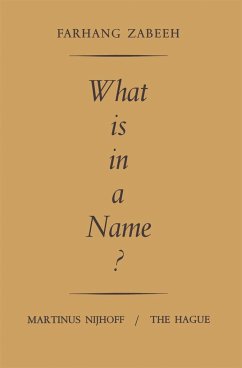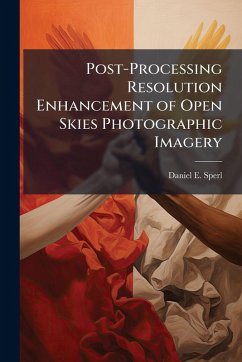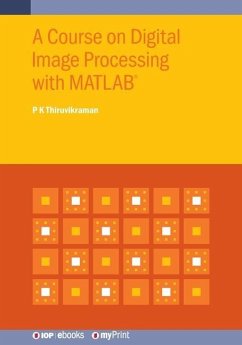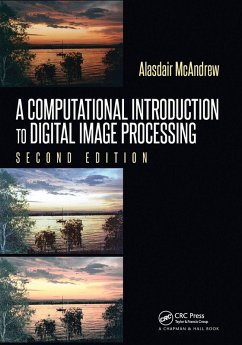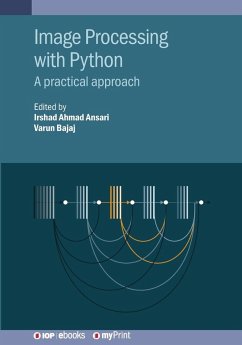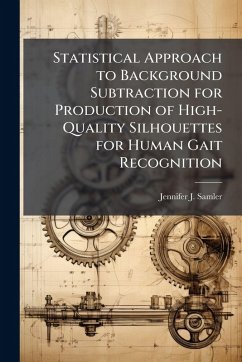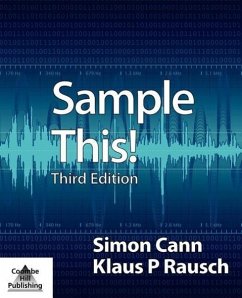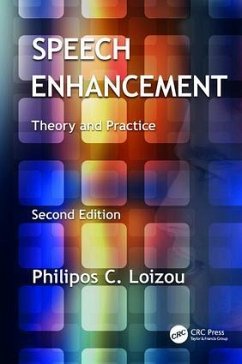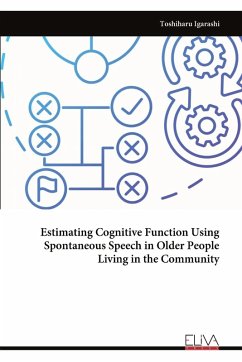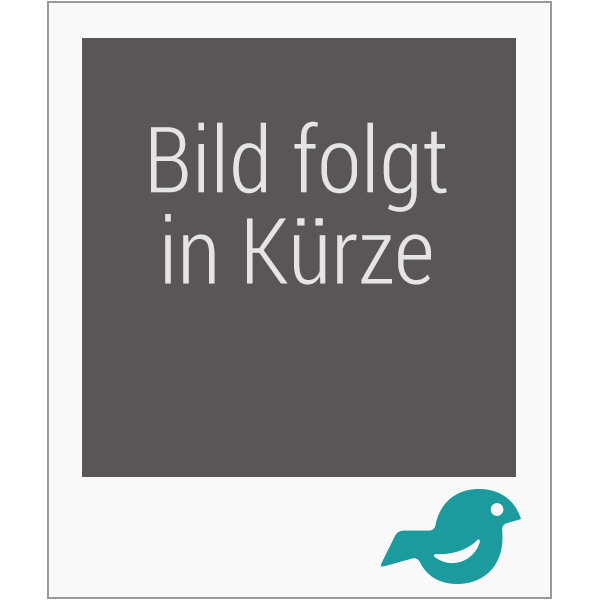
Multilingual Phoneme Models for Rapid Speech Processing System Development
Versandkostenfrei!
Versandfertig in über 4 Wochen
15,99 €
inkl. MwSt.
Weitere Ausgaben:

PAYBACK Punkte
8 °P sammeln!
Current speech recognition systems tend to be developed only for commercially viable languages. The resources needed for a typical speech recognition system include hundreds of hours of transcribed speech for acoustic models and 10 to 100 million words of text for language models; both of these requirements can be costly in time and money. The goal of this research is to facilitate rapid development of speech systems to new languages by using multilingual phoneme models to alleviate requirements for large amounts of transcribed speech. The GlobalPhone database, which contains transcribed speec...
Current speech recognition systems tend to be developed only for commercially viable languages. The resources needed for a typical speech recognition system include hundreds of hours of transcribed speech for acoustic models and 10 to 100 million words of text for language models; both of these requirements can be costly in time and money. The goal of this research is to facilitate rapid development of speech systems to new languages by using multilingual phoneme models to alleviate requirements for large amounts of transcribed speech. The GlobalPhone database, which contains transcribed speech from 15 languages, is used as source data to derive multilingual phoneme models. Various bootstrapping processes are used to develop an Arabic speech recognition system starting from monolingual English models, International Phonetic Association (IPA) based multilingual models, and data-driven multilingual models. The Kullback-Leibler distortion measure is used to derive datadriven phoneme clusters. It was found that multilingual bootstrapping methods outperform monolingual English bootstrapping methods on the Arabic evaluation data initially, and after three iterations of bootstrapping all systems show similar performance levels. Applications of this research are in speech recognition, word spotting, information retrieval, and speech-to-speech translation. This work has been selected by scholars as being culturally important, and is part of the knowledge base of civilization as we know it. This work was reproduced from the original artifact, and remains as true to the original work as possible. Therefore, you will see the original copyright references, library stamps (as most of these works have been housed in our most important libraries around the world), and other notations in the work. This work is in the public domain in the United States of America, and possibly other nations. Within the United States, you may freely copy and distribute this work, as no entity (individual or corporate) has a copyright on the body of the work. As a reproduction of a historical artifact, this work may contain missing or blurred pages, poor pictures, errant marks, etc. Scholars believe, and we concur, that this work is important enough to be preserved, reproduced, and made generally available to the public. We appreciate your support of the preservation process, and thank you for being an important part of keeping this knowledge alive and relevant.



